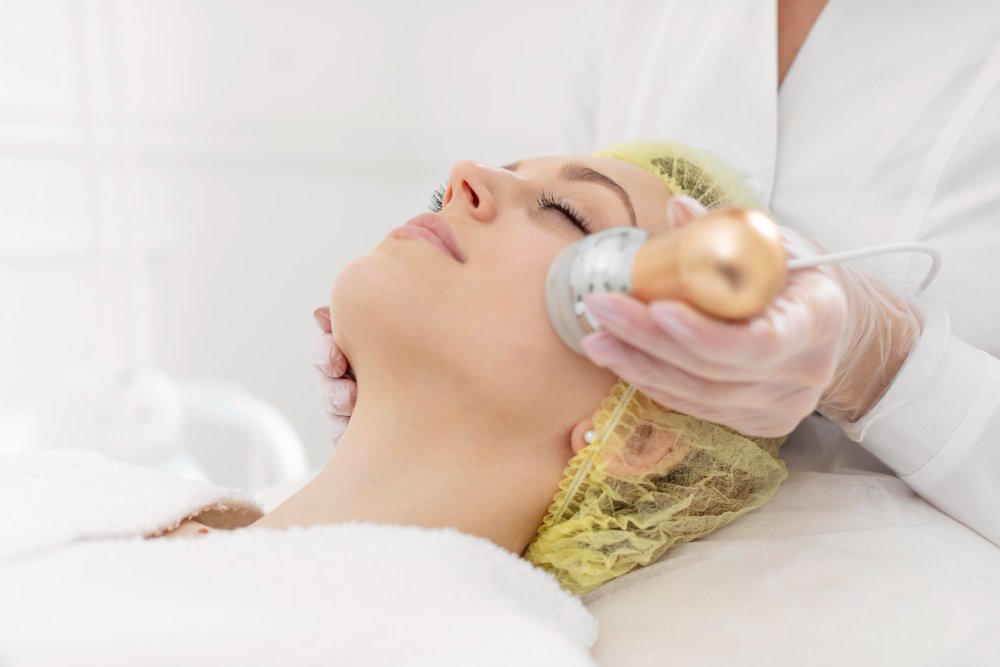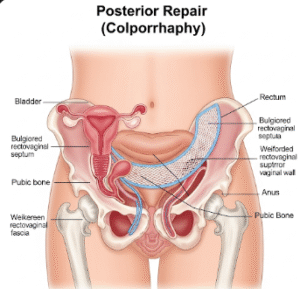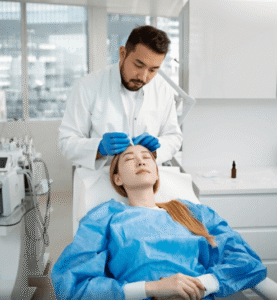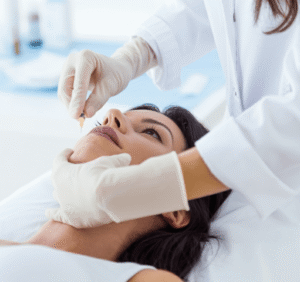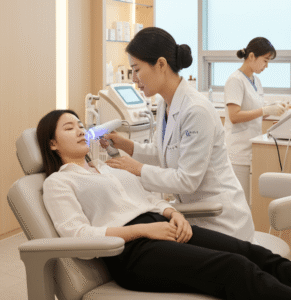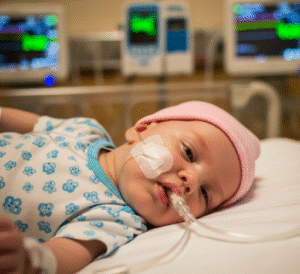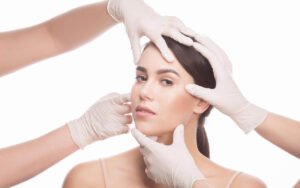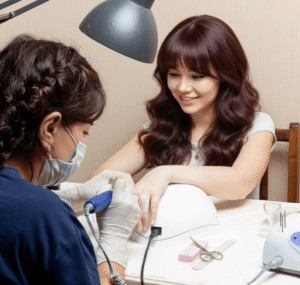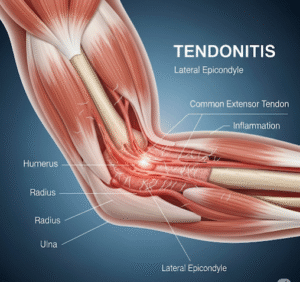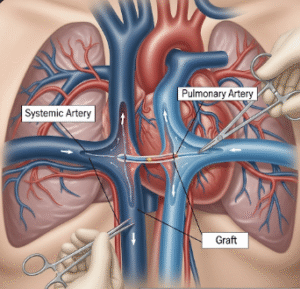Overview
Argyria is a rare condition characterized by a permanent bluish-gray discoloration of the skin, mucous membranes, and sometimes internal organs due to the accumulation of silver particles in body tissues. Although primarily a cosmetic issue, argyria can significantly affect a person’s appearance and quality of life.
What is Argyria?
Argyria develops when silver particles accumulate in the skin and tissues after prolonged exposure to silver compounds. These particles react to sunlight causing a bluish-gray pigmentation. The condition is mostly irreversible and usually results from chronic ingestion or topical use of silver-containing products.
Symptoms
- Bluish-gray discoloration of the skin, especially on sun-exposed areas such as the face, hands, and forearms
- Blue-gray pigmentation of gums and eyes (conjunctiva)
- Discoloration that persists and does not fade over time
Causes
Argyria is caused by:
- Prolonged ingestion of silver-containing medications or supplements
- Topical application of silver-based creams or solutions
- Occupational exposure to silver dust or fumes in industries like mining or manufacturing
- Use of colloidal silver in alternative medicine
Risk Factors
- Long-term or excessive use of silver-containing products
- Occupational exposure in silver-related industries without protective equipment
- Lack of regulation or awareness of silver content in supplements
Complications
- Permanent skin discoloration leading to cosmetic concerns
- Psychological and social distress due to appearance changes
- Rare cases of systemic silver accumulation affecting organs
Prevention
- Avoid use of unregulated or unnecessary silver supplements and topical products
- Use personal protective equipment in workplaces handling silver
- Follow safety guidelines and regulations related to silver exposure
- Educate patients about risks associated with silver compounds
Treatment Options in Korea
South Korea provides advanced dermatological care for argyria including:
- Diagnosis
- Clinical examination and history of silver exposure
- Skin biopsy in uncertain cases
- Laser Therapy
- Use of Q-switched lasers to reduce skin pigmentation
- Multiple sessions may be required with variable results
- Cosmetic Treatments
- Camouflage makeup and skin care to improve appearance
- Psychological Support
- Counseling to address emotional and social impact
- Occupational Health Monitoring
- Preventive measures and regular health checks for exposed workers

